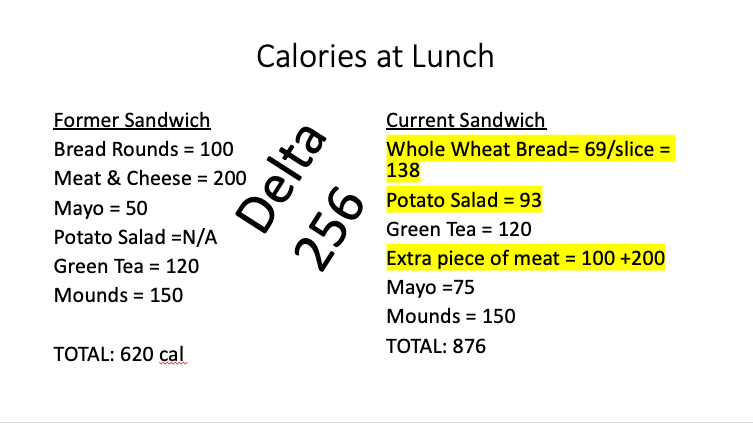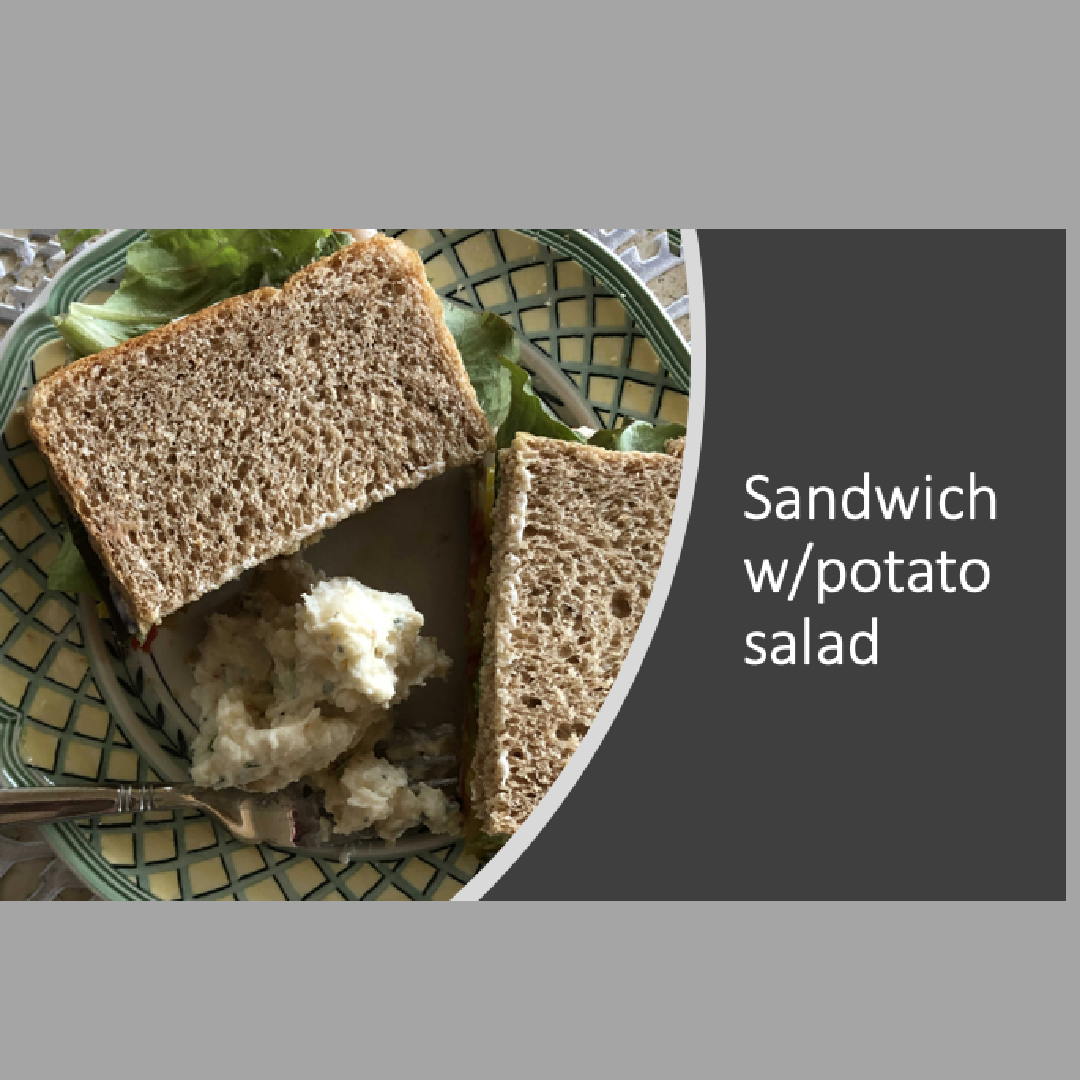Cutting 200 calories a day to improve your health? The current buzz on social media and in the press is all about cutting 200 calories a day to improve cardiovascular health. The recent study, published in Circulation, a journal of the American Heart Association has some street credibility as a journal.
The study took 160 sedentary adults between the ages of 65 and 79. These people were considered obese (BMI defined as 30 – 40) and they had them cutting 200 calories each day along with some added exercise. They also had some of the study group do just diet or just exercise.
The measure for improvement was aortic stiffness. The aorta, the largest blood vessel which takes blood to your body, should be soft and pliable. People with diabetes and hypertension exhibit signs of aortic stiffness, which strains other vital organs.
Healthy is better than skinny
I always lean toward heath before looking at weight. You can be very healthy and a bit heavier, no shame in that. You can also be thin and not healthy. BMI measurements as an indicator of obesity can be problematic. It will not take into account muscle weight. A very muscular person could be considered by BMI standards as overweight or obese because they are so muscular and actually have very little body fat. Body fat is the best way to determine if you are overweight. Total body immersion (helps define body fat) or a DXA scan (the DXA scans provides an in-depth analysis of the main components of your body; fat, muscle and bone) are the best way to determine body fat. Calipers can also give you a rough idea, but they aren’t exact either. We will save that discussion for a later blog post.
Getting our healthy results with very little work
How can we easily cut out 200-250 calories per day. Actually, it can be very easy.
I will take an example of my regular lunch. I most often eat the same thing for lunch every weekday (just ask any of my former coworkers over the past decades and they would see me hunched over my desk eating a sandwich every day).
Let’s blame the pandemic
During the pandemic, my husband was home from work (and still is of this writing) and we had the opportunity to eat lunch together. It was wonderful to have that time to visit with him, but I also notice the scale creeping up a bit. I took note of my “pre-pandemic lunch” and my current lunch. With him home there was definitely portion creep AND Calorie creep. It was a very subtle change, but the scale did not lie.

I use to put a very little amount of meat on my little 100 calorie sandwich round, we are now using more calorie dense whole wheat bread. Not only are the slices bigger, but now there is more meat placed in the sandwich. I also added more lettuce and maybe a tomato. Thank you sweet husband for making the sandwich, but could you not add so much.

The lunch love now included some really good potato salad that we found at the local market. It’s that good! My old lunch also included a bottle of green tea (120 cal) and 2 candies (150 cal). Hmmm.
See how easy it happens?
Does the delta increase amaze you? It did me a bit when I did the calculations. Let’s add a little more inactivity to that equation and you will start to see the results on the scale. If you want to lose weight you need to cut about 500 calories/day to lose one pound per week. You can do that in combination with diet and exercise. I always remind my training clients that you can out exercise a bad diet. So don’t depend on the hour on the treadmill. You will only burn about 200 to 250 calories.
The cost of inactivity AND more calories
That little tick up of calories at lunch (or other meal) and inactivity can actually ADD 500 calories a day very easily and thus you may find yourself GAINING one pound per week. Yikes!
How to reverse the trend and do it EASILY
Here are some of my hacks as I am all about making it easy. If it’s not easy we won’t do it.
1. Use a smaller plate – it makes the portions look bigger (visually you think you are getting a bigger portion and it will trick your brain).
2. Read food labels – I can not stress this enough. This is really eye opening and you can see calorie differences in similar packaged foods, and it can be significant. Don’t be deceived by low fat foods – they actually may have more sugar and carbs to make them taste better. Fat can be OK. Also look at the label for portions. You may think it is a portion for one, but actually it may be more. Marketers are tricksters!
3. Moving a bit more, it doesn’t have to be a marathon. Just set your timer for every hour and walk around. Wear a Fitbit or other activity tracker so you can see how much you are moving. If you count it, you will notice it. I heard a concept called EOD-20, which means Every Other Day for 20 minutes. I love that concept. Really, how hard can that be?
4. Watch your drinking. Have you found the cocktail hour is offering you that additional glass of wine or other spirits? Drinking a large glass of water BEFORE you have that wine or cocktail and using a smaller glass. Those pours seem to get a bit larger, yes?
5. Substitute healthy. I started to make sun tea and got the taste of the green tea (it had some sugar) out of my tastebuds. Now I can’t drink it – uck, too sweet.
The bottom line

The bottom line was that a modest change in diet and exercise improved the pliability of their aorta. And yes, they lost weight and likely felt better. Hopefully the main reason to eat healthy and move more is to have the best health possible. Movement is Medicine! Leave the processed food at the grocery store and shop the perimeter where the fresh stuff lives. You’ll be amazed how easy it can be.
Don’t be afraid to reach out and book a FREE consult with me.
If you want more ideas, please book a free consult with me and I’d be happy to help you brainstorm what would work for you. Let’s not sit here in 2022 wondering why we feel so bad. Make a commitment.
CLICK THE LINK BELOW IF YOU ARE SERIOUS ABOUT MAKING A CHANGE.
CLICK HERE to Book The Call
References
Links that talk about the study on cutting calories and exercising
All about BMI
